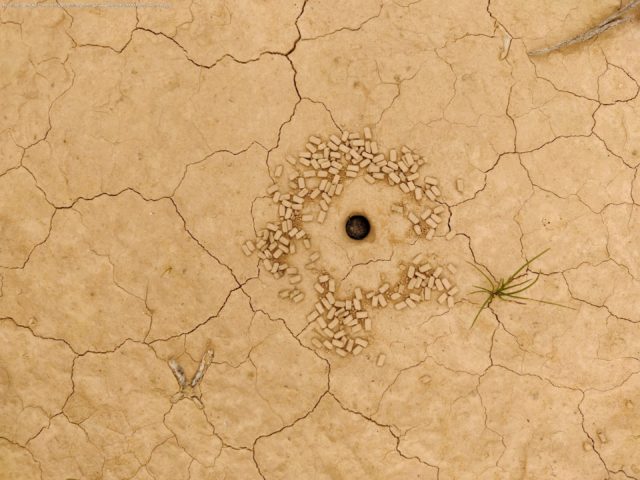Desert isopods might not make top of the list of most-endearing animals, but these small (up to two centimeters-long) creatures, with their segmented bodies and seven pairs of legs, are actually fascinating animals and ideal to study when looking at mating preferences.
September 19, 2022
Desert isopods might not make top of the list of most-endearing animals, but these small (up to two centimeters-long) creatures, with their segmented bodies and seven pairs of legs, are actually fascinating animals and ideal to study when looking at mating preferences.
They mate only once in their lifetime and spend the rest of their yearlong life with their chosen mate and their family (of 60-70 offspring) in a single permanent burrow. The isopod females initially dig the burrow and the males fight to win a particular female and a particular habitat. Both parents take care of the brood, and all family members—young and old—continue to excavate and clean the burrow together.
Choosing where to establish a home is the responsibility of the female woodlouse („desert isopod“) and under normal conditions, the largest males usually win the largest females. However, what happens when there is a predator, such as an Israeli gold scorpion, living nearby?
A study of this scenario was carried out in the Negev Desert, in southern Israel, by a Hebrew University of Jerusalem (HU) research team led by Professor Dror Hawlena and Dr. Viraj Torsekar. They observed the mating behavior of male desert isopods in two locations—one close to the burrow of an Israeli gold scorpion (a risky area), and one further away (a safe area).






